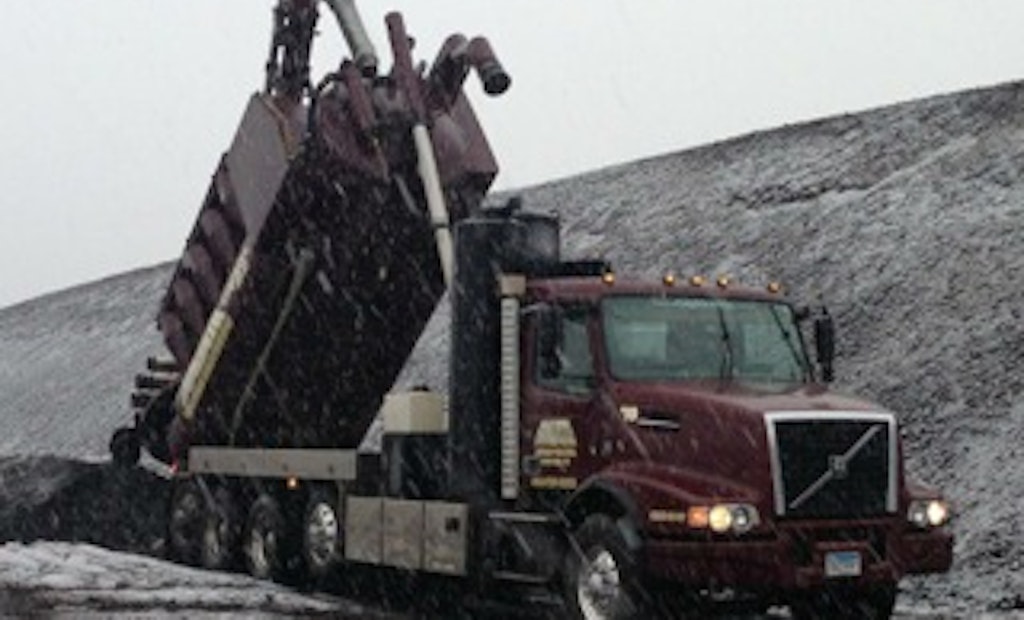
In extremely cold temperatures and high winds, your hydroexcavation equipment can take a beating. When the mercury dips below zero, water lines can freeze and break, water heaters can fail to ignite, digging lances can freeze up, and water pumps can break if water isn’t blown...





